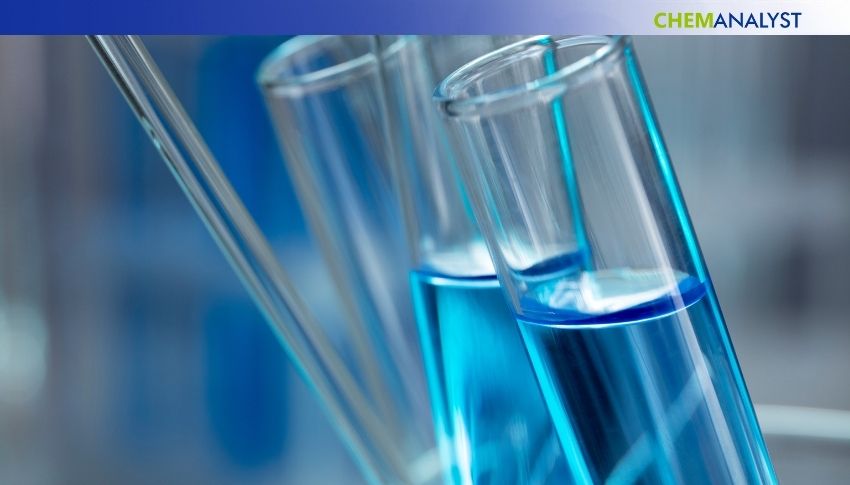Welcome To ChemAnalyst

In June 2025, polyetheramine prices saw substantial increases for the month across Indian, Chinese, and U.S. markets because of combinations of upstream cost pressures, supply chain hurdles, and changes in demand for key downstream sectors.
Polyetheramine prices in India increased 1.2%, which was primarily driven by higher feedstock costs of ethylene oxide, which increased due to volatile crude oil prices caused by increased geopolitical tensions in the Middle East and conflict between Israel and Iran, associated with a U.S. strike on Iranian facilities. Regardless of low ammonia prices providing some relief, logistical constraints on higher-cost imports from China and increased freight rates burdened imports. Manufacturers adjusted polyetheramine prices in response to the cost increases in inputs and logistics while maintaining steady production levels. Demand for polyetheramine was mixed, with resilience in the automotive sector - vehicle sales were up 4.84% YoY - where the construction sector lagged after a fallout associated with interruptions due to monsoon. There was limited bolstering from the fuel additives sector as shown by marginal increases in diesel consumption, which was up only 1.6% YoY.
Polyetheramine in China rose by 5.6% as a result of both domestic demand and strong international demand. Feedstock prices stayed range-bound, but due to high consumption downstream (mainly from automotive and construction), the Chinese market felt strong pricing pressure. New energy vehicle sales were up 29% YoY, and construction biz activity was at 52.8, reflecting continued expansion of infrastructure. Tight inventories of polyetheramine, supported by increased export order flow from Southeast Asia and the U.S., allowed suppliers to raise offers, notwithstanding stable manufacturing costs. This was again strictly demand-driven, with a robust consumption backdrop.
In the United States, polyetheramine prices rose the most—6.2%—due to a combination of high raw material prices, import thresholds associated with tariffs, and logistical issues. Ethylene oxide costs remained elevated, and Chinese imports—which received a surge of volume as buyers raced to front-load shipments before the end of the 90-day tariff reprieve—increased in volume. Although the polyetheramine imports were timely, the buyers paid a premium for them. Any supply that came from Europe was limited because of the congestion at the European ports. On the demand side, construction—nonresidential construction, especially, increased, with institutional groundbreakings increasing 13% MoM. Although light vehicle sales fell in raw numbers, the adjusted numbers indicated a 3.6% increase YoY, meaning there is still consumer demand. These elements together continued to squash supply and increase price sentiment for polyetheramine across the U.S.
Overall, June's Polyetheramine pricing trends reflected a dynamic global landscape shaped by cost inflation, geopolitical risk, and region-specific demand recovery.
We use cookies to deliver the best possible experience on our website. To learn more, visit our Privacy Policy. By continuing to use this site or by closing this box, you consent to our use of cookies. More info.
